What Is Hydroseeding: Learn About Grass Seed Spray For Lawns
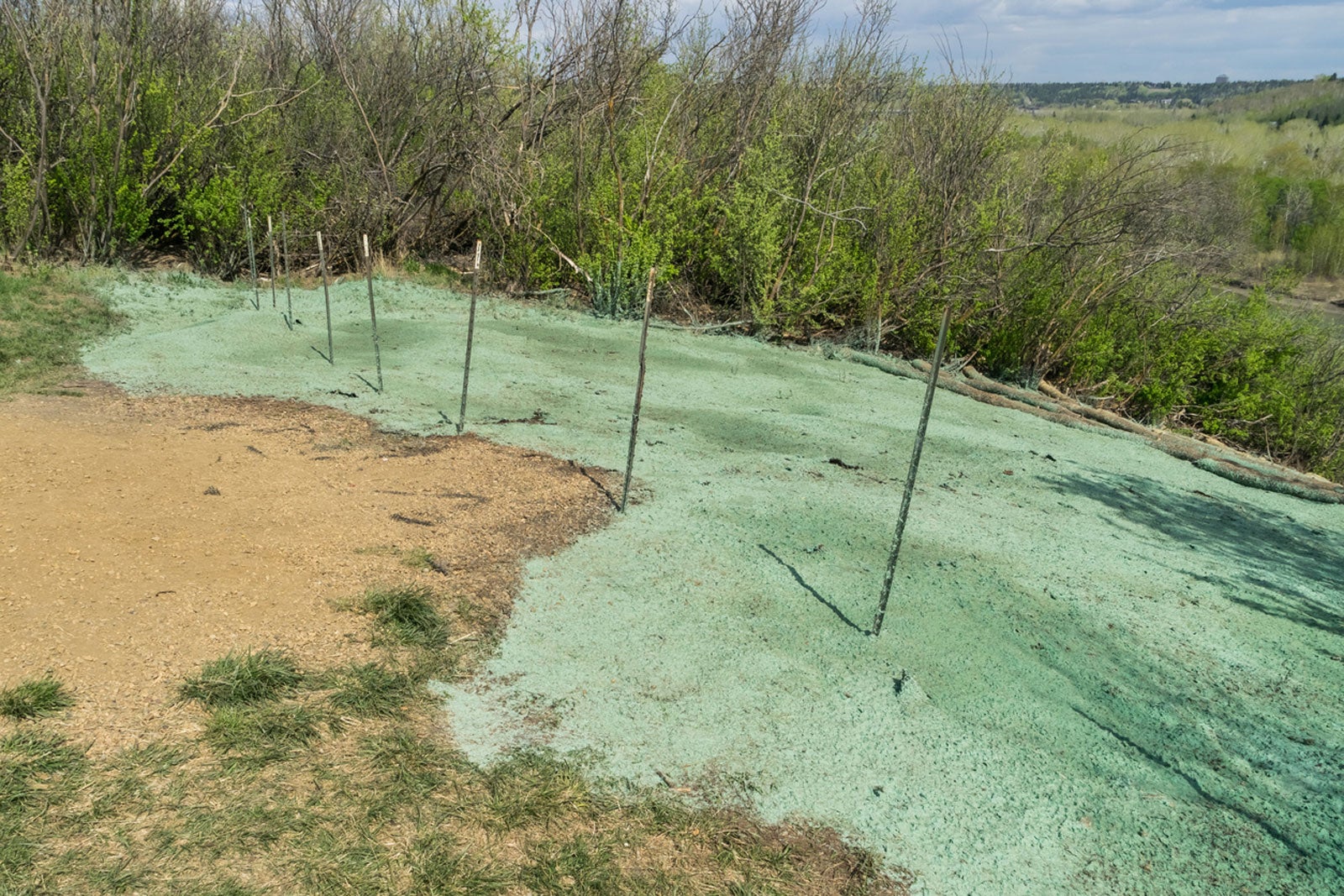

What is hydroseeding? Hydroseeding, or hydraulic mulch seeding, is a way of planting seed over a large area. Compared to traditional methods, hydroseeding can save a tremendous amount of time and effort, but there are also some drawbacks to consider. Read on to learn some hydroseeding facts and how this method might help you establish a lawn.
How Hydroseeding Works
Hydroseeding involves the use of a high-pressure hose to apply seeds onto tilled soil. The seeds are in a water-based grass seed spray (slurry) that may contain mulch, fertilizer, lime, or other substances to get a lawn off to a healthy start.
The grass seed spray, which is often used to plant large areas such as golf courses and football fields, is often applied from a truck to ensure that the slurry is evenly mixed. However, it can also be applied by homeowners with a pressure sprayer.
Hydroseeding Facts: Hydroseeding a Lawn
Hydroseeding is often used to plant grass seed, but the technique is also implemented for wildflowers and groundcovers. This technique is especially useful for steep slopes and other difficult areas, and the grass will help to prevent erosion.
Hydroseeding is cost effective for large applications. However, it may be more expensive for smaller areas. As a general rule, hydroseeding is more expensive than traditional methods, but less expensive then sod. Grass seed spray is customizable. For instance, you can easily add lime if your soil is too acidic.
One disadvantage to hydroseeding a lawn is that the seed may not make complete contact with the soil. The newly planted lawn may need more irrigation for a longer period of time than a traditionally planted lawn.
Due to application of fertilizer in the slurry, a hydroseeded lawn is usually established much sooner than a traditional lawn and may be ready for mowing in about a month.
Gardening tips, videos, info and more delivered right to your inbox!
Sign up for the Gardening Know How newsletter today and receive a free copy of our e-book "How to Grow Delicious Tomatoes".

A Credentialed Garden Writer, Mary H. Dyer was with Gardening Know How in the very beginning, publishing articles as early as 2007.
-
 Types Of Tomatoes Explained: Explore The Many Wonderful Shapes, Colors, Flavors, & Best Uses
Types Of Tomatoes Explained: Explore The Many Wonderful Shapes, Colors, Flavors, & Best UsesThe world of tomato varieties is vast and fascinating. Learn about the key types to grow in your garden, tailored to your preferences and space.
By Amy Grant
-
 Try The Trend – Turn Any Bed Into A Keyhole Garden With This Clever In-Ground Composter
Try The Trend – Turn Any Bed Into A Keyhole Garden With This Clever In-Ground ComposterKeyhole gardening is an efficient and sustainable practice that saves space. Get started on this DIY project quickly and easily with an in-ground composter.
By Bonnie L. Grant
-
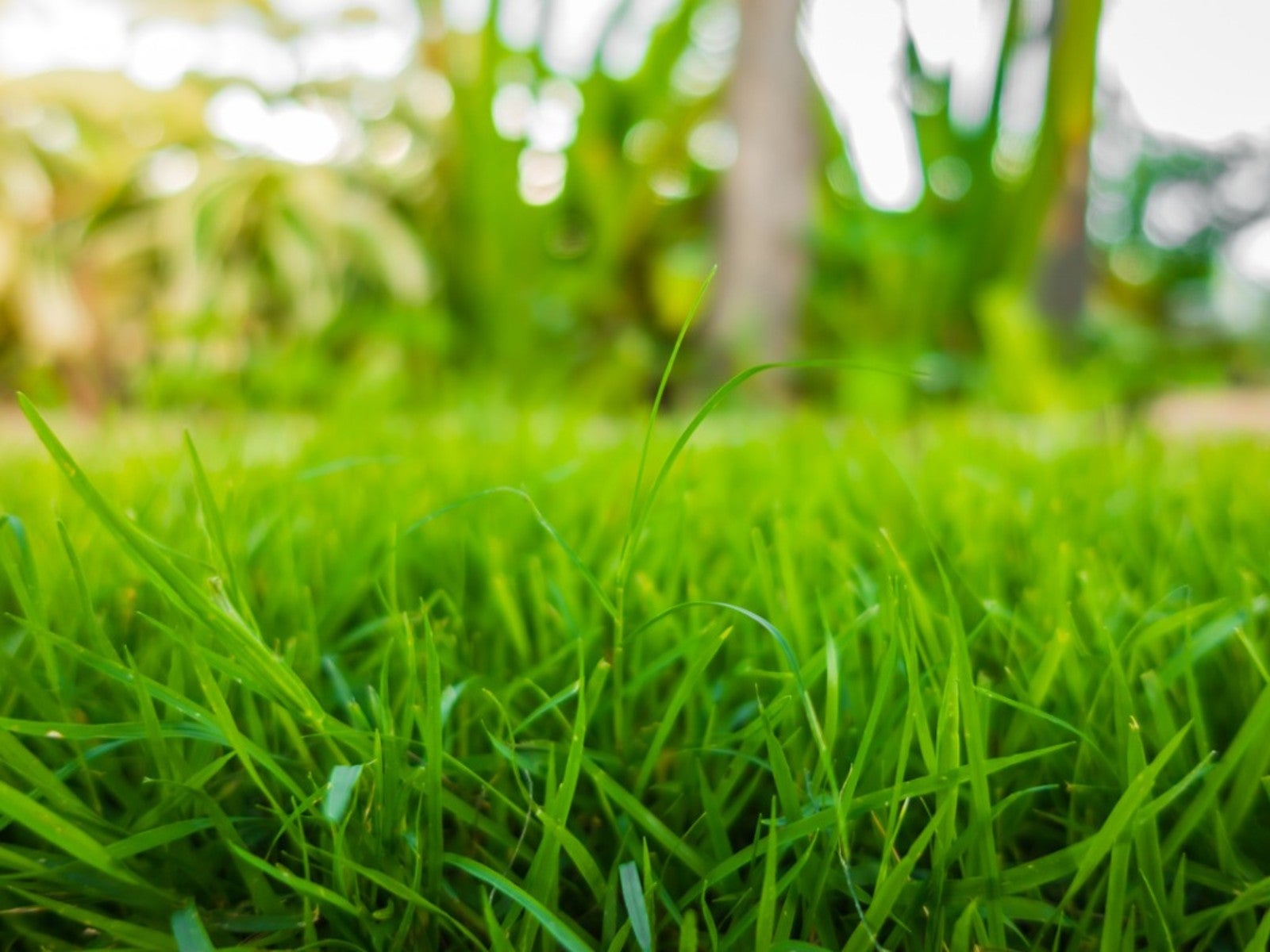 Sustainable Turf Species For A Greener Lawn
Sustainable Turf Species For A Greener LawnClick here for some of the most sustainable types of turf grass you can grow for an eco-friendly lawn.
By Bonnie L. Grant
-
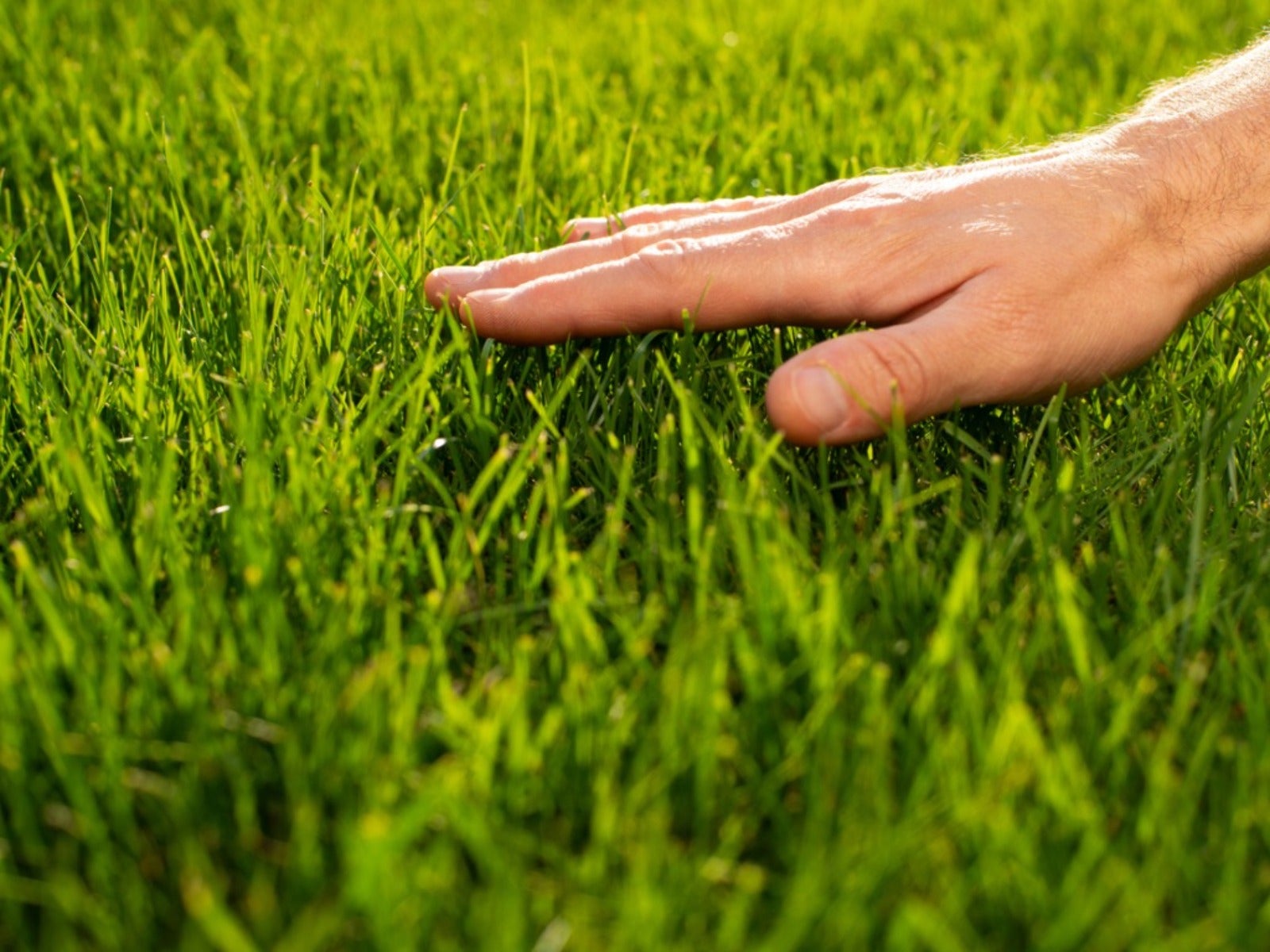 How To Grow A Sustainable Lawn
How To Grow A Sustainable LawnAdjust your thinking about a perfect green lawn and consider more sustainable methods. Click here to learn how.
By Mary Ellen Ellis
-
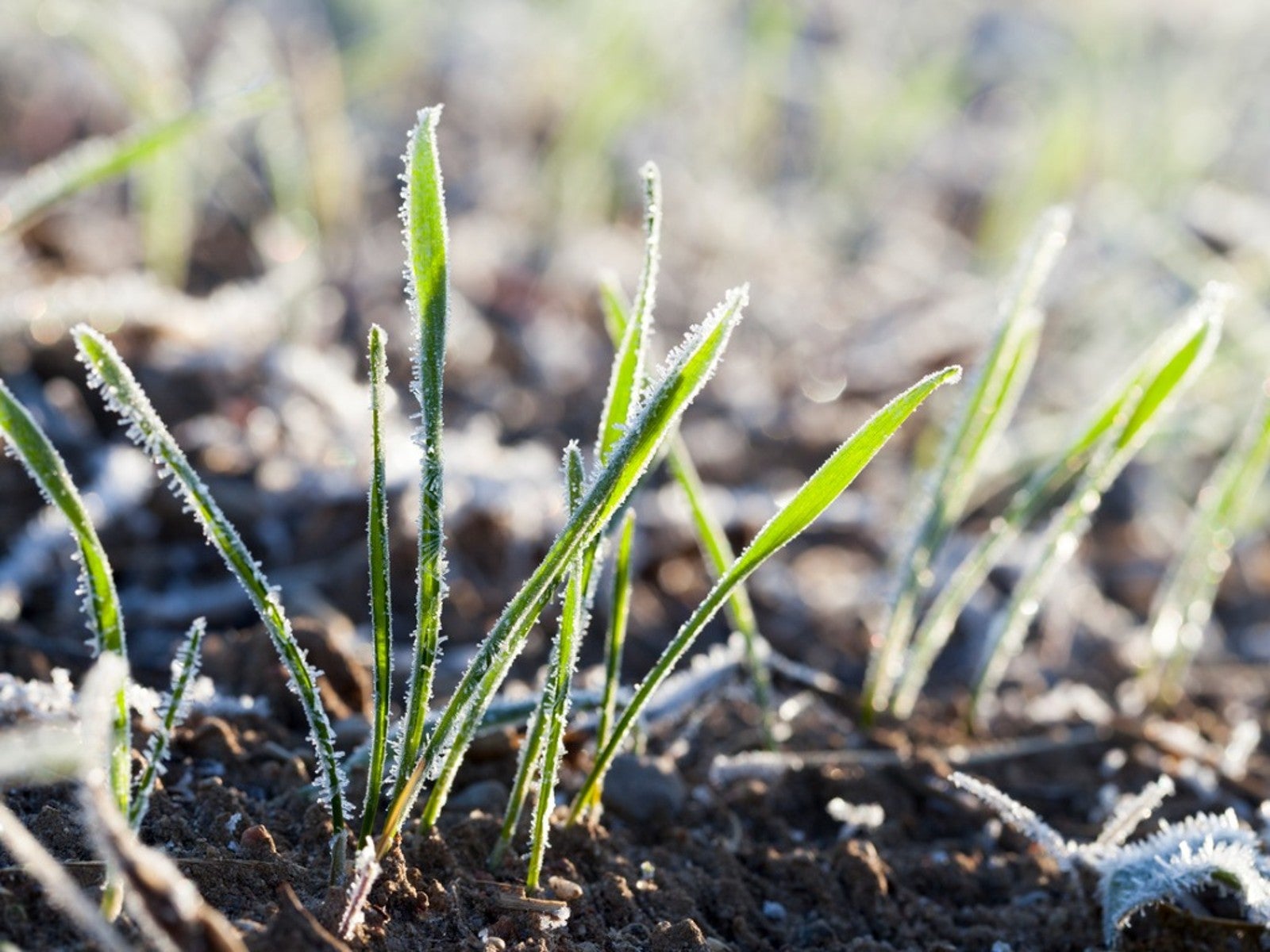 Will Frost Kill Grass Seed And How To Help New Turf Survive
Will Frost Kill Grass Seed And How To Help New Turf SurviveLearn how to help your newly sown grass survive frost and freezing weather.
By Amy Grant
-
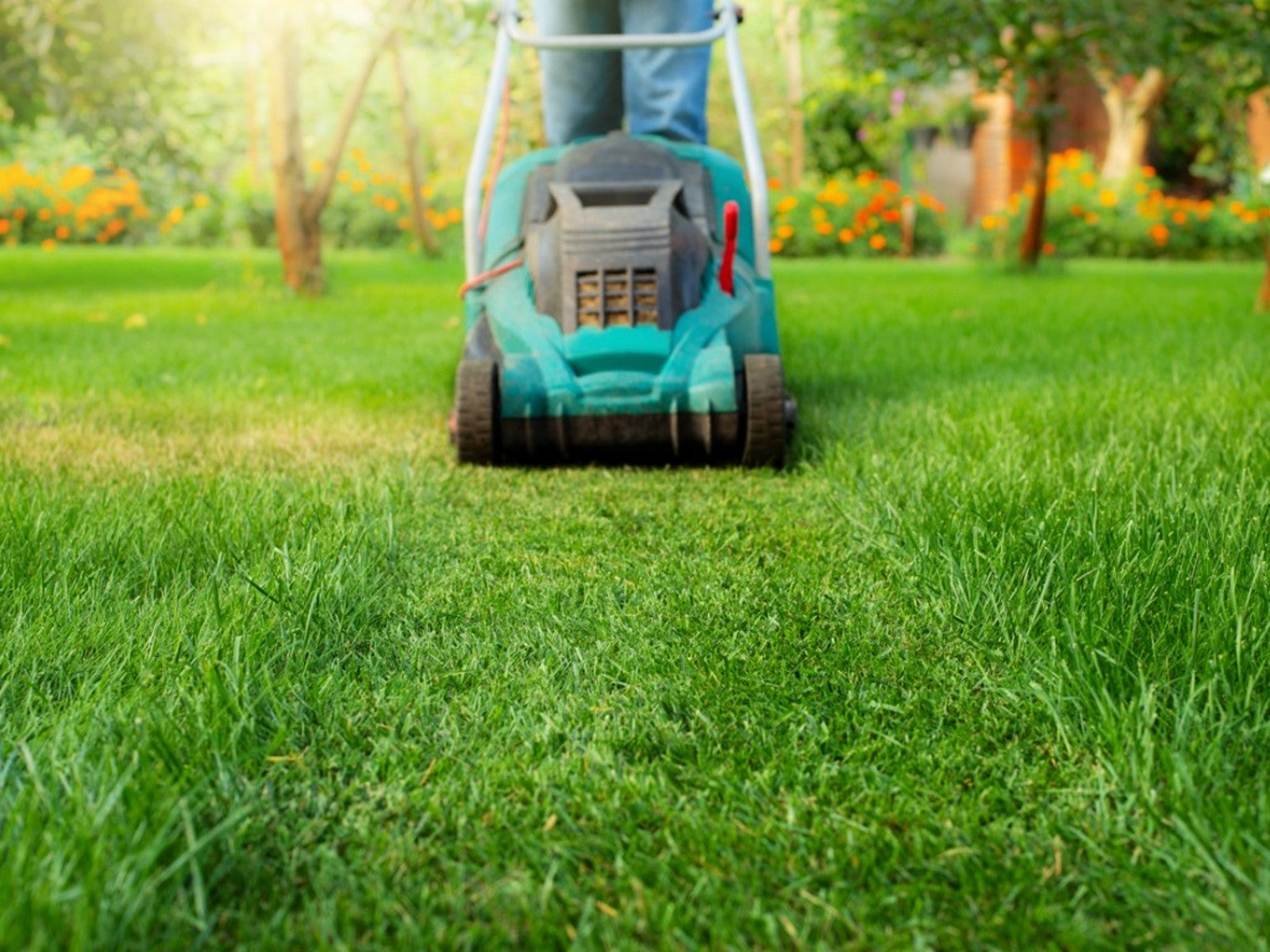 Lawn Problems That Aren’t Really Problems
Lawn Problems That Aren’t Really ProblemsYour lawn may not require as much work as you think. Learn which common problems aren’t really problems.
By Teo Spengler
-
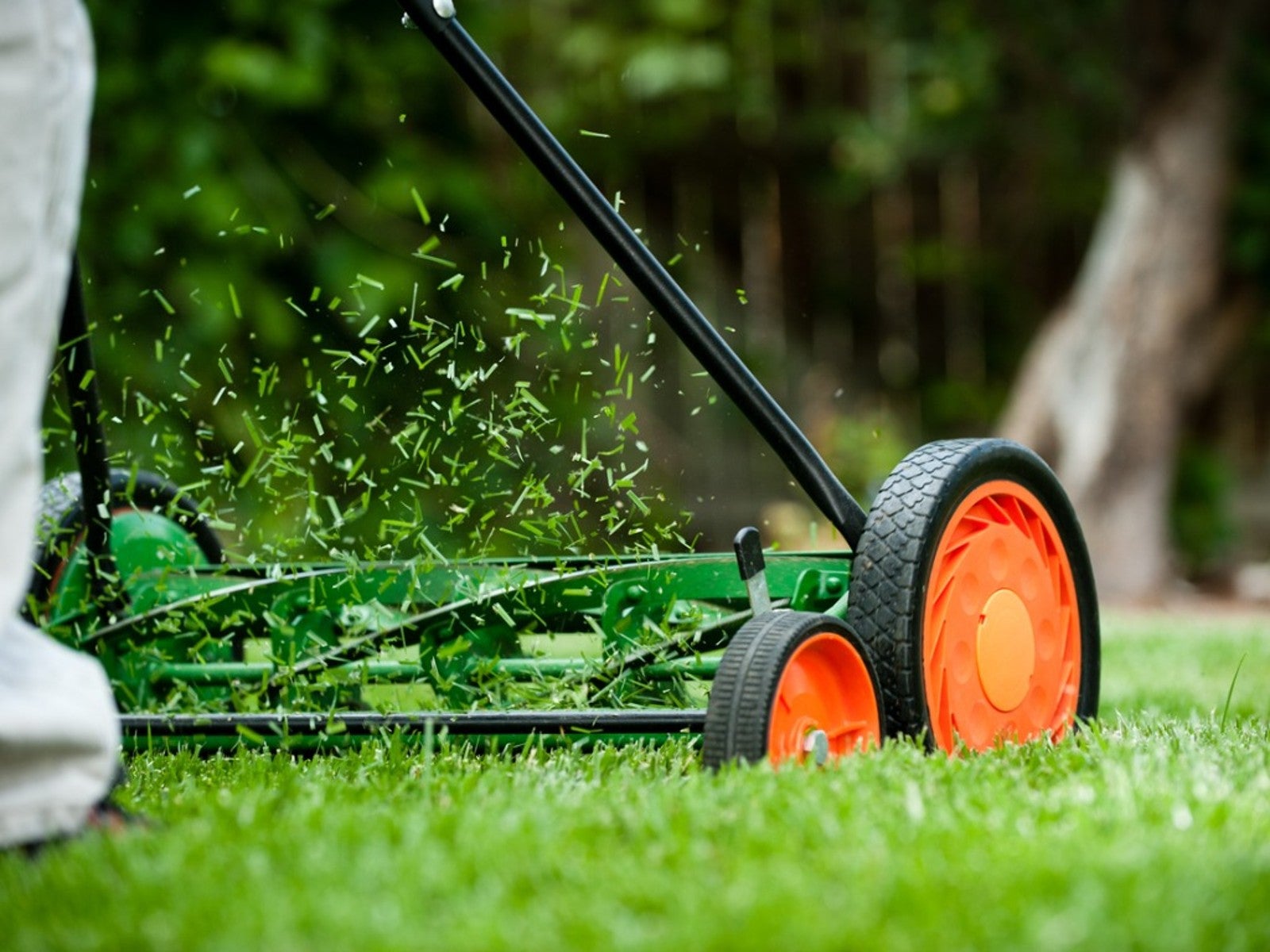 Why A Manual Push Mower Is Good For You And The Environment
Why A Manual Push Mower Is Good For You And The EnvironmentReel mowers are making a comeback, but why? Click here to learn about reel mower pros and cons.
By Amy Grant
-
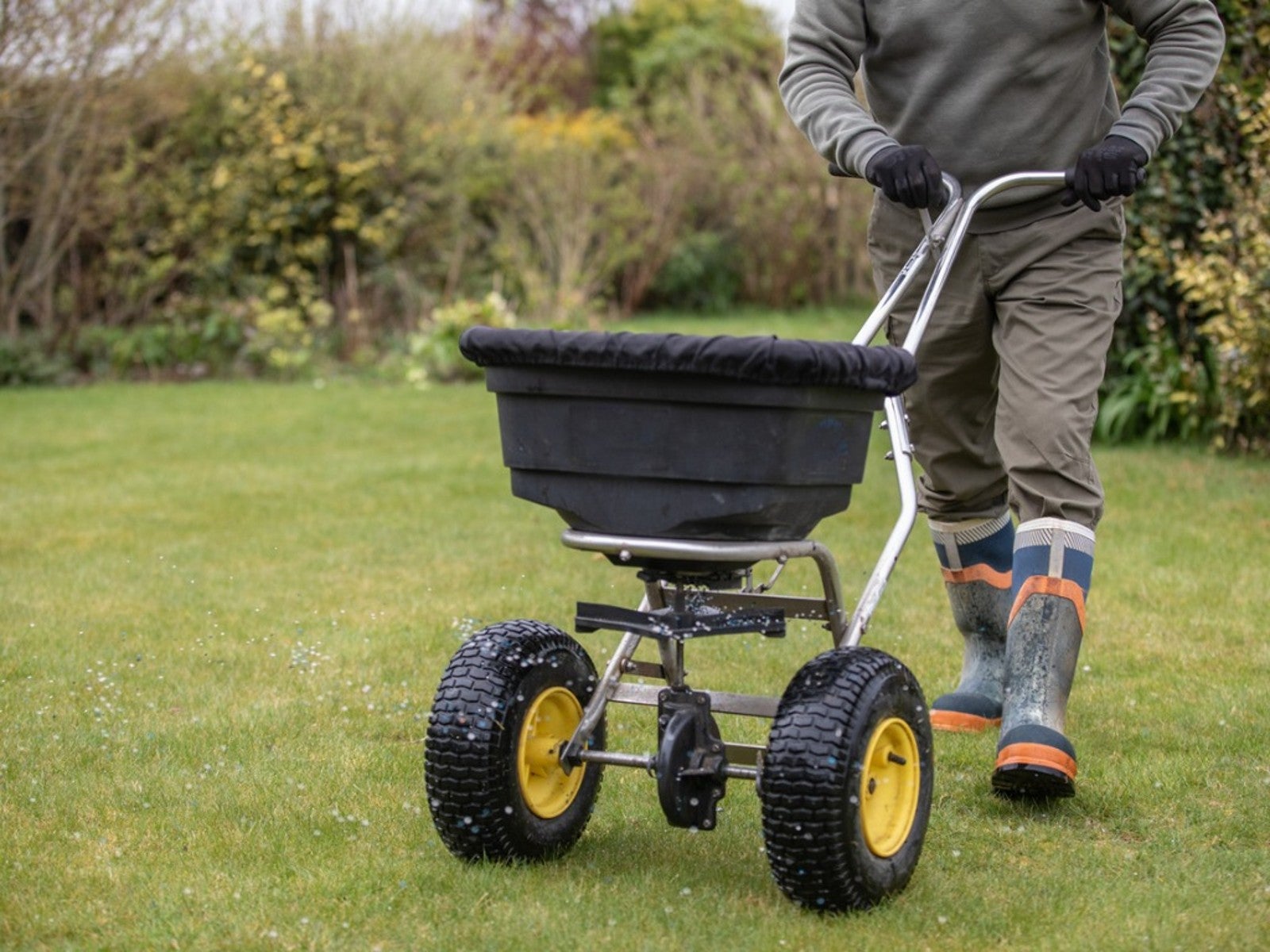 Fertilize Grass In Fall For A Lush Lawn In Spring
Fertilize Grass In Fall For A Lush Lawn In SpringFor everything you need to know about fertilizing your lawn in the fall, click here.
By Susan Albert
-
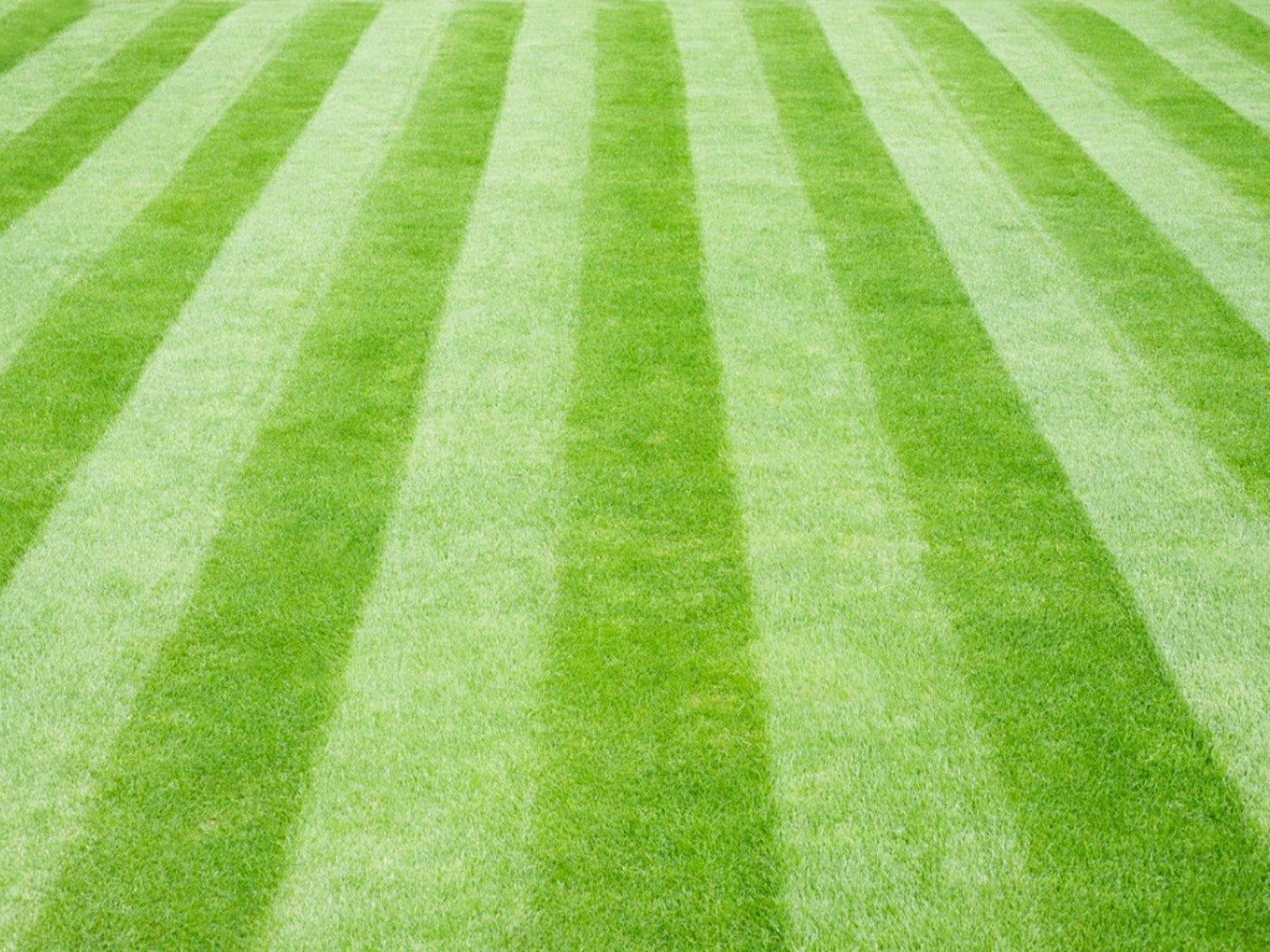 Tips For Mowing Stripes In Lawn
Tips For Mowing Stripes In LawnWouldn’t it be great to have stripes in your lawn like a sports field? Learn how here.
By Susan Albert
-
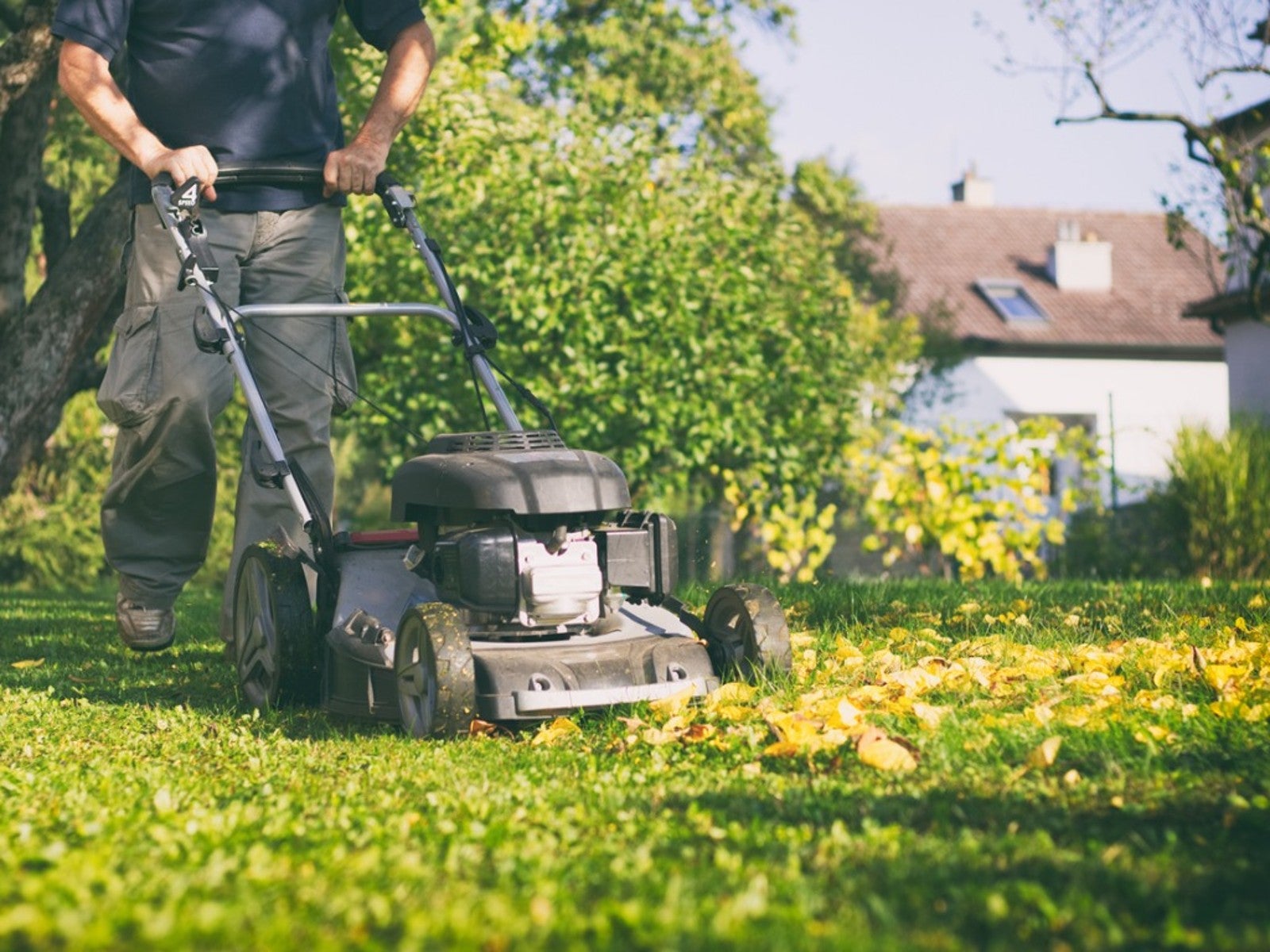 Late Summer Lawn Care Checklist
Late Summer Lawn Care ChecklistPlan to do some late summer care and maintenance of your lawn so it will be healthy and beautiful in the spring. Here are some tips.
By Laura Miller